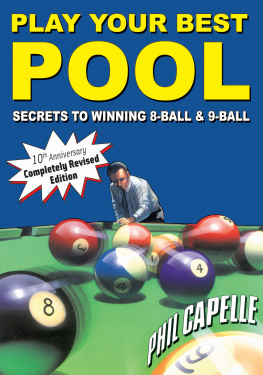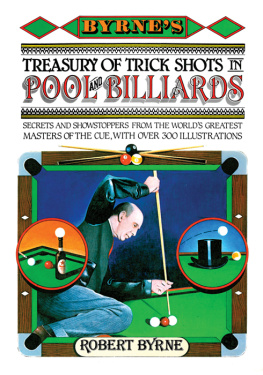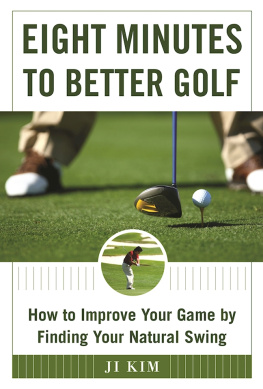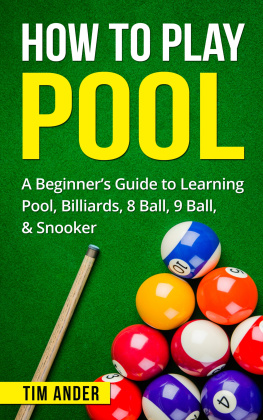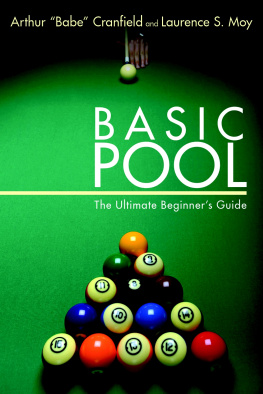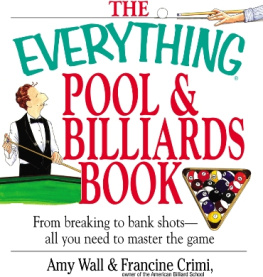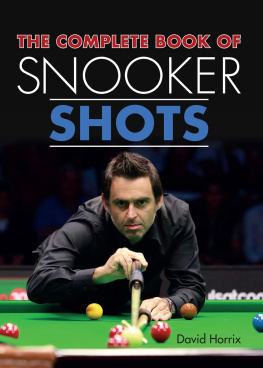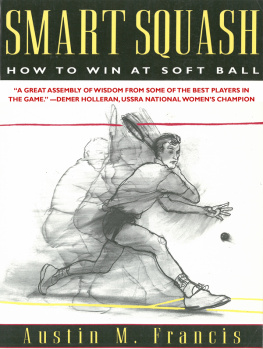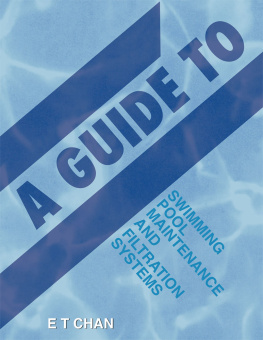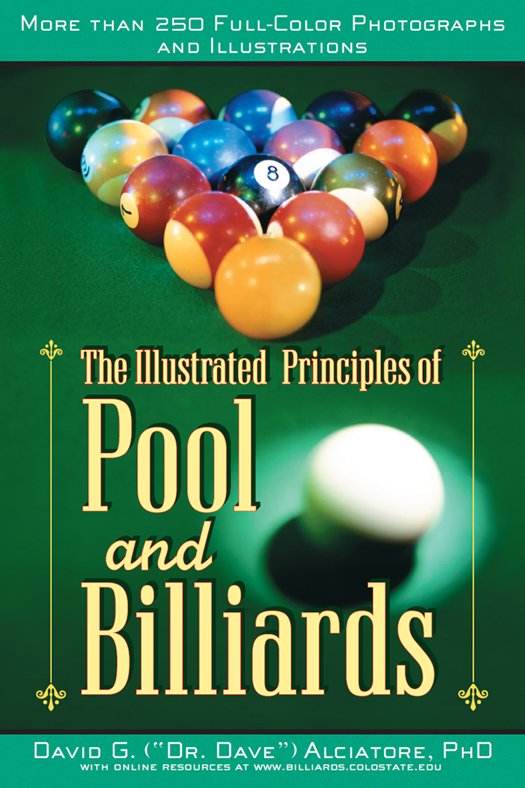Preface
There are many pool and billiards books and videos on the market already. Why yet another book? Following are qualities that distinguish this book from others currently available on the market:
Comprehension development: This book develops comprehension of basic principles. Many pool and billiards books are cookbook style, telling you what to do but not always why or how it works. Some also contain countless examples of different kinds of shots. These examples are useful, but often do not produce a level of understanding that can truly make someone a better pool player. This book contains examples and many illustrations, but the main goal is to present the fundamental principles of the game. By developing an understanding of these principles, you can anticipate and predict all types of shots that you might face, not just limited examples that might be presented. If you understand a few basic principles, you can figure out shots on your own without being shown examples of every possible shot.
Illustrations: This book contains numerous well-illustrated graphics and photographs that visually explain all of the principles. Also, unlike many books on the market, all figures are drawn precisely to scale.
Supplemental material: This book is supplemented by a website that provides additional resources. The website, located at www.engr.colostate.edu/pool, includes the following:
cross-referenced video clips that help illustrate concepts in the book. Visual clip art markers throughout the book indicate where clips are available to reinforce the topics being described. The video clips were taken with two types of cameras: a sophisticated high-speed camera and a digital-video camcorder. The high-speed camera captures some motion that is impossible to see with normal vision or with a standard video camera. Seeing the stick, ball, and cushion dynamics in slow motion will help you understand the principles. The numerous video clips are valuable because:
a) They are easily accessible on the Internet with the click of a mouse, for quick viewing while you are reading or practicing.
b) They are closely tied to the content in the book, to help reinforce your learning.
c) They allow you to see something in action, which is much better than just reading something with still illustrations. However, doing is even better, so you should duplicate and practice everything you see in the book and video clips.
d) There is no need to buy a separate video, which may or may not directly parallel the book.
Technical proofs that provide technical background and mathematical formulas to support many of the principles in this book. This information might not be of interest to nontechnical readers, but those of you with engineering or physics backgrounds (i.e., the nerds and geeks out there) might enjoy it.
links to additional information and resources available on the Internet.
A CD-ROM can be purchased on the website, to allow you to access all the resources listed above quickly and without an Internet connection.
Organization: This book is well organized, has an easy-to-read format and layout, and is not overly verbose. The clip art markers; the lists of figures, principles, and video clips at the beginning of the book; and the glossary and index at the end of the book make it easy to use the book and website for learning and quick reference. Also, cross-references to principles, figures, and sections appear throughout the book (with page numbers). This makes it very easy to find what you want and need with minimum effort.
So what qualifications do I have to write this book? My qualifications and inspiration come from my enthusiasm for and experience with the game and from my analytic and intuitive nature. Being a professor of mechanical engineering, I have a thorough knowledge and understanding of physics and motion-analysis principles. I also have many years of teaching experience and have written a university-level textbook. The textbook experience helped me develop my skills for presenting and illustrating difficult concepts in a concise and understandable way. I have been around pool since I was four years old, when my parents purchased an inexpensive pool table. I have always enjoyed playing pool and have always been a student of the game. My most productive experience came from being in an 8-ball pool league in the Washington, DC area. I learned a lot from the players in the league, many of whom were frequent tournament players (and serious gamblers). My inspiration and knowledge also come from my experience teaching advanced dynamics to engineering graduate students. For more than ten years, I have often used pool examples to motivate my students to learn some very difficult motion-analysis techniques.
This book is appropriate for novice players who want to learn efficiently. It is equally appropriate for experienced league and tournament players who want to strengthen their games with an improved understanding and an expanded arsenal of shots. If you are new to the game, you might want to refer to the glossary to familiarize yourself with some of the lingo. The book website also provides useful links if you want to browse the Internet and better experience the world of pool.
You will not find any trick shots in this book. If you want to see those, watch the ESPN trick-shot tournaments on TV. Learning canned trick shots is simply a distraction and really doesnt serve any meaningful purpose for normal players, unless you are desperate to try to impress your friends or you have an ambition to become a trick shot tournament player in the future. However, once you master all of the principles in this book, some of the real shots you will be able to make will inspire the same kind of awe and delight that a skillful trick shot can.
I hope you will enjoy the book and find it useful. I also encourage you to become or continue to be a student of the game by reading other books, watching instructional videos, viewing pool and billiard events (on TV and in person), and discussing the intricacies of the game with experienced players and friends. But most importantly, play a lot and have fun. Thats what its all about.
Good luck with your game,
Dr. Dave
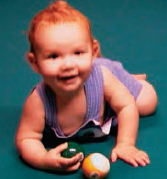
PS: If you have kids, start them early!
Acknowledgments
I dedicate this book to all of my past Advanced Dynamics graduate students in mechanical engineering, who put up with my enthusiasm for pool by enduring countless examples of pool physicseven though the examples often had little to do with engineering applications.
I also want to express my appreciation to Alan Propp, Carolyn Yalin, Frank Rogers, Diane Reiser, Horizon Gitano-Briggs, and Varo Maldonado. Al, Carolyn, and Frank proofread my first complete draft and provided valuable input that helped me significantly improve the book. Diane is a great friend who provided much input as a novice player and contributed some creative ideas (e.g., the rack-of-balls figure presented in ). She also helped me with the photo shoots. Horizon, a PhD student in mechanical engineering, helped me refine some of my ideas and was a tremendous help with shooting the high-speed-video clips, available on the book website. Finally, Varo has been my reliable pool buddy who has given me countless hours of enjoyable practice and provided useful feedback on the book.


